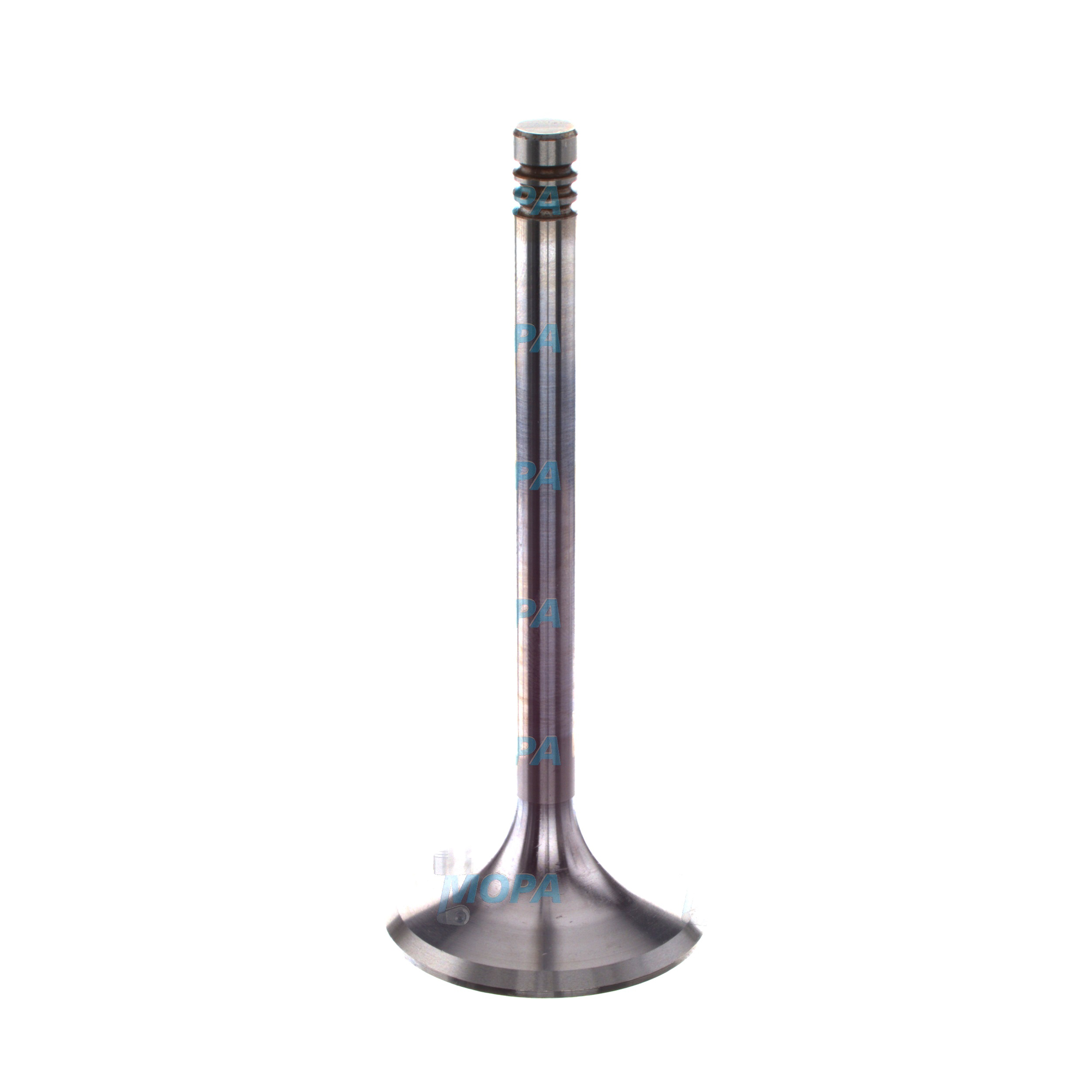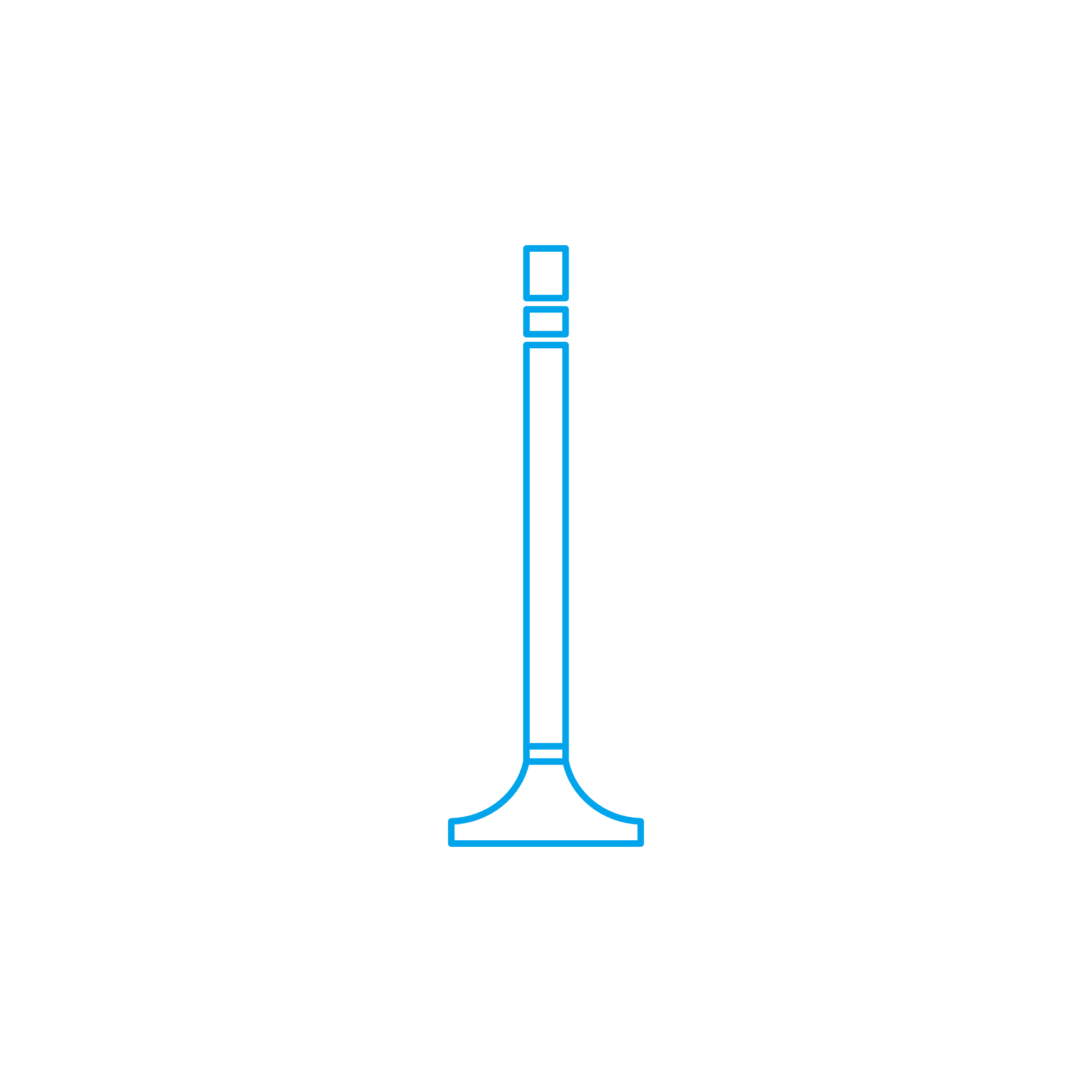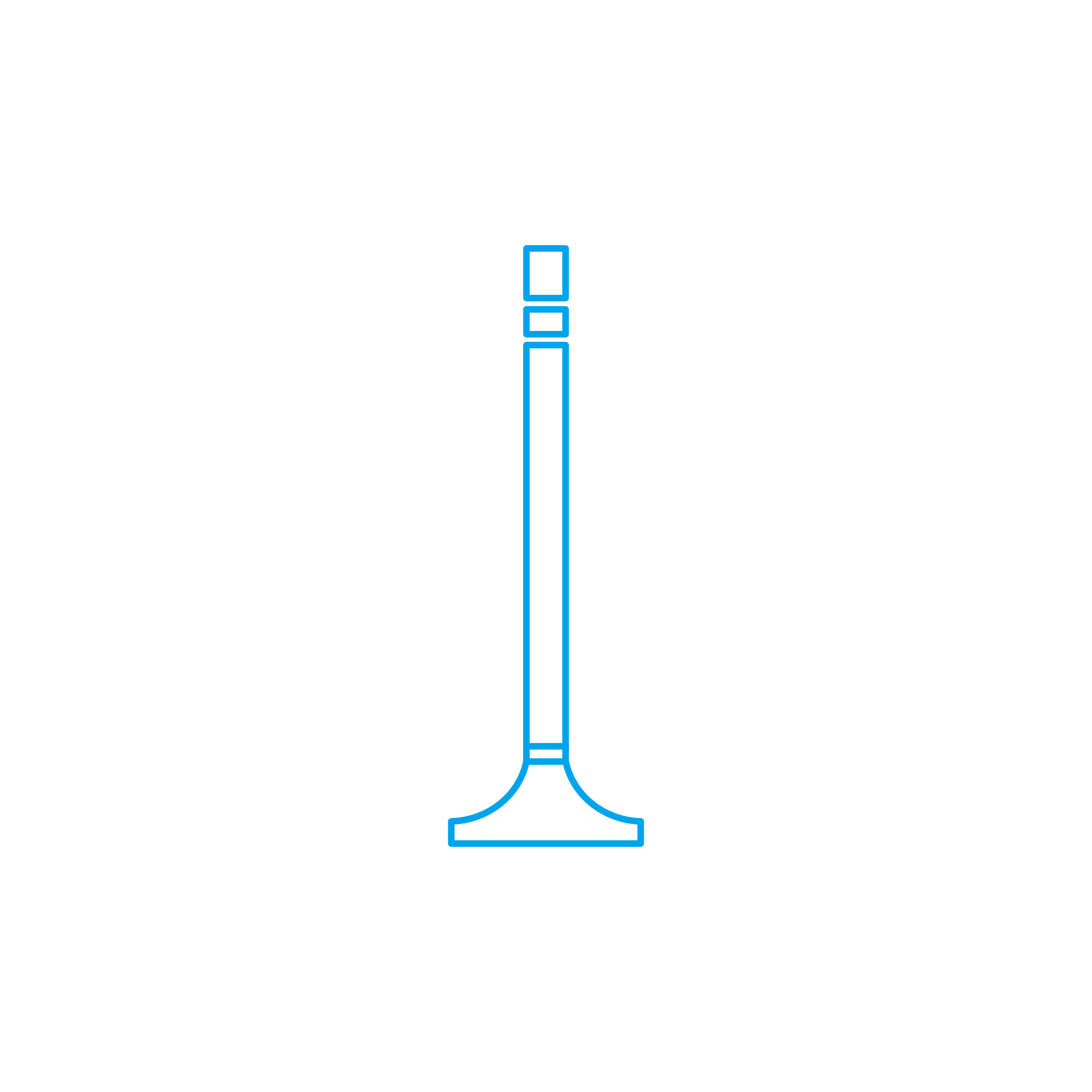INLET VALVE focus: Valves for diesel and gas engines
Valves are precision engine components that control the intake and exhaust of gases in internal combustion engines. In four-stroke designs, the INLET VALVE admits fresh charge (air or air/fuel mix), while the exhaust valve discharges combustion products. Together, these Valves determine how efficiently a marine engine, power plant diesel engine, or industrial gas engine breathes. They influence volumetric efficiency, fuel consumption, emissions, and overall reliability. Because Valves operate millions of cycles under high temperature, pressure, and corrosive environments, their material quality, geometry, and surface finish are fundamental to dependable engine performance.
As a category, Valves include the valve head and face, the stem, keeper groove, tip, and often a hardened seat interface within the cylinder head. They interact with guides, stem seals, springs, pushrods or rocker arms, and roller cams or tappets. For technical decision-makers, understanding how the INLET VALVE and its exhaust counterpart work together is central to specifying parts that protect uptime and optimize total cost of ownership.
Technical function of Valves and the INLET VALVE in a diesel engine
The INLET VALVE in a diesel engine opens during the intake stroke, creating a controlled path for air to fill the cylinder. The pressure differential across the valve curtain area (the gap created by valve lift) drives airflow, while port geometry generates swirl or tumble to homogenize the charge. In gas engines, this flow behavior stabilizes combustion and reduces knock; in a turbocharged marine engine, it directly affects boost utilization and scavenging efficiency. The valve then closes precisely before compression, ensuring tight sealing on the seat to maintain cylinder pressure and protect starting, load acceptance, and part-load stability.
Valve performance is defined by timing (opening/closing events), lift profile, seat angle and width (commonly 30°/45° with a specific seating band), stem-to-guide clearance, and spring dynamics that control bounce and float at high rpm. Materials and treatments are equally important: intake Valves often use high-chromium austenitic steels for hot strength and corrosion resistance; faces may be hardfaced (e.g., cobalt-based alloys) to resist wear and seat recession; stems are frequently nitrided or chrome-plated for guide durability. On certain heavy-duty applications, sodium-cooled designs and advanced coatings further manage heat and friction.
When specified as INLET VALVE OEM parts, dimensional tolerances—concentricity, runout, stem straightness, tip hardness, and surface roughness—preserve the intended gas exchange, minimize leakage, and reduce guide and seat wear. Correct geometry ensures the valve accelerates cleanly off the seat, maintains flow area through peak lift, and lands with controlled seating velocity for long-term reliability.
Flow, sealing, and durability: how Valves protect performance
By shaping cylinder filling and sealing the combustion chamber, Valves affect brake mean effective pressure, exhaust temperature, and turbocharger response. Accurate INLET VALVE timing in a marine engine improves load transitions and fuel economy, while robust sealing reduces blow-by, keeps lubricating oil cleaner, and stabilizes emissions over long service intervals.
- · Precise lift curves for optimal volumetric efficiency.
- · Hardened faces and seats to limit recession and leakage.
- · Heat-resistant alloys for high thermal loads.
- · Nitrided stems to reduce guide wear and scuffing.
- · Tight concentricity and runout to maintain sealing.
- · Correct spring matching to avoid float and bounce.
- · Consistent stem finish for stable lubrication.
- · Proven compatibility with diesel and gas engine valvetrain dynamics.
Importance of Valves for engine operation and service life
Valves are central to reliability because they are both a flow control element and a structural seal. If an INLET VALVE wears or is out of specification, several issues can arise: hot gas cutting or “burning” due to poor seating, seat recession that reduces compression, guide wear that misaligns the head-to-seat contact, and carbon-induced sticking that delays closure. Any of these faults can lower compression, increase specific fuel consumption, elevate exhaust temperatures, and cause misfire or backfire in gas engines. In severe cases, tuliping (plastic deformation of the head), tip mushrooming, or keeper groove failure can result in catastrophic contact with the piston.
For shipowners and plant operators, deviation from intended valve dynamics often translates into higher lube oil consumption, unstable turbocharger operation, and unplanned off-hire. Maintaining correct valve condition preserves compression, keeps emission levels predictable between overhauls, and extends component life throughout the cylinder head assembly, including seats, guides, and springs.
Advantages of OEM spare parts suitable for Valves and INLET VALVE
Selecting OEM spare parts suitable for Valves ensures the metallurgy, heat treatment, and microgeometry match the engine designer’s specification. That fidelity matters because small variations in face angle, seating width, stem diameter, or tip hardness can cascade into higher wear rates or compromised sealing. INLET VALVE OEM parts for a diesel engine or marine engine come with validated materials and controlled processes—such as hardfacing chemistry, induction hardening depth, and nitriding parameters—that directly affect service life.
From a budget and uptime perspective, correct Valves minimize rework during overhauls: less time lapping or machining seats, fewer adjustments to spring loads, and predictable measurements on guide clearance and tip height. This predictability stabilizes maintenance planning, supports emissions compliance, and reduces the risk of early replacement.
- · Engineered fit and finish for drop-in assembly.
- · Verified chemistry and hardness for long wear life.
- · Stable sealing for consistent compression and power.
- · Compatibility with existing guides, seats, and springs.
- · Reduced fuel and lube oil consumption over time.
- · Lower risk of unplanned downtime and repair.
- · Documentation and traceability to support audits.
MOPA as your partner for OEM spare parts Valves and INLET VALVE OEM parts
MOPA is an experienced and reliable partner for OEM spare parts Valves across diesel and gas engines. We combine technical expertise with fast response, ensuring rapid identification of the correct INLET VALVE OEM parts for your specific marine engine or power generation unit. Our global sourcing network, stringent quality checks, and secure logistics provide speed, quality, and transaction security in every shipment.
Whether supporting a scheduled overhaul or an urgent repair, MOPA focuses on precision, documentation, and on-time delivery. Purchasers and technical teams benefit from knowledgeable support, clear cross-references, and proven solutions that keep assets running efficiently.
Conclusion: INLET VALVE and Valves as performance-critical components
Valves—especially the INLET VALVE—govern breathing, sealing, and durability in diesel and gas engines. Their specification and condition directly shape fuel economy, emissions stability, and uptime.
Choosing OEM spare parts suitable for Valves preserves the engineering intent of your engine, delivering dependable performance and longer service intervals. With MOPA as your partner, you secure the right components quickly and confidently for sustained operational reliability.





